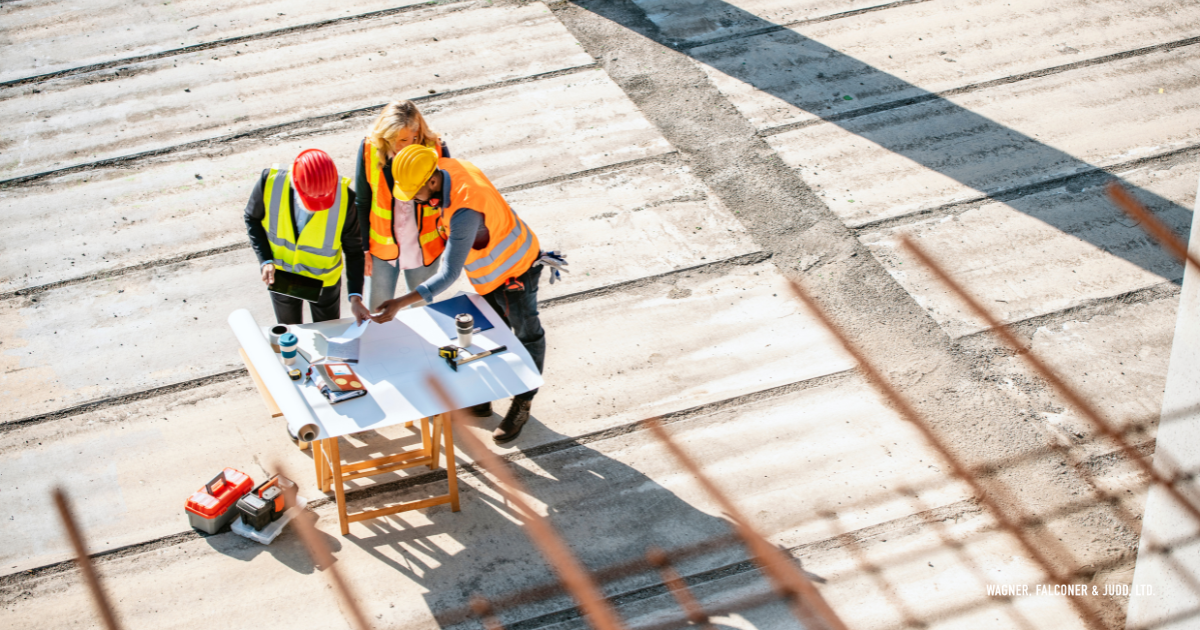Perspectives
Minnesota Updates Worker’s Compensation Laws: What Construction Employers Need to Know
A new Minnesota law introduces significant changes to the state’s worker’s compensation system. Signed into law in May 2024, the bill enacts recommendations from the Worker’s Compensation Advisory Council and is set to impact employers and contractors across industries, especially construction companies and projects involving multiple subcontractors.

Key Updates You Should Know
Protected Claim Amount Increases from $1,000 to $3,000
One of the most notable changes is the increase in the protected claim amount-the portion of a claim shielded from subrogation or third-party recovery-to $3,000 (up from $1,000). This adjustment recognizes inflation and rising medical costs, ensuring injured workers retain a greater portion of their benefits.
Chanages Specific to the Construction Industry
The law also implements targeted updates affecting construction projects:
- Clarifies Liability in Multi-Contractor Projects: When multiple contractors or subcontractors are on-site, liability for worker injuries must be clearly understood. The new law aims to streamline how responsibility is determined in these shared jobsite scenarios.
- General Contractors Take Note: If you work with multiple subcontractors, this law reinforces the importance of maintaining up-to-date worker’s compensation certificates from all parties. It also reitereates the need for strong indeminity language and contractual risk transfer protections.
- Special Employer Rule Adjustments: The statute refines how “special employers” (like staffing agencies or general contractors using temp labor) are treated under worker’s compensation, potentially shifting liability in some claims.
Other Key Provisions
- Clarifies Timelines for Filing and Appeals: The law updates certain administrative timelines to improve efficiency and reduce disputes.
- Improves Transparency in Dispute Resolution: Employers and insurers may see improved predictability in how the Department of Labor and Industry (DLI) and the Office of Administrative Hearings (OAH) process claims.
What This Means for Construction Businesses
If you’re a construction company owner, general contractor, or a business managing multiple subs, now is the time to:
- Review your contracts to ensure proper worker’s compensation coverage and indeminifaction clauses are in place.
- Confirm that you are tracking active coverage for all subcontractors.
- Work with legal counsel to review whether your agreements adequately address risk transfer, especially in light of the protected claim amount increase.
Even if you’re not in construction, any Minnesota employer may see greater benefit amounts retained by workers and adjusted handling of disputed claims.
Need Help Reviewing Your Contracts or Coverage Strategy?
At WFJ, our team can help ensure you’re protected and compliant under Minnesota’s evolving worker’s compensation laws. Reach out to us to discuss how this law could impact your job sites and subcontractor relationships.